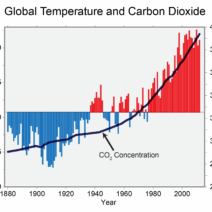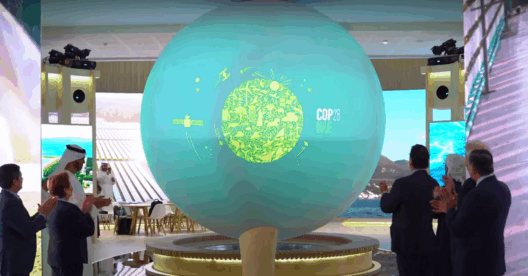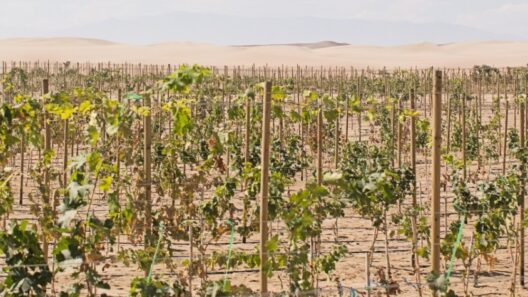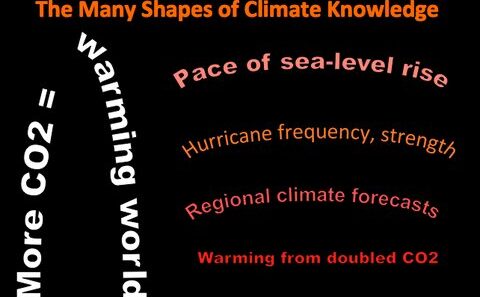Ocean ecosystems, often revered as the blue lungs of our planet, are experiencing profound transformations primarily due to the escalating ramifications of global warming. The vivid imagery of flourishing coral reefs, teeming with colorful marine fauna, is becoming increasingly relegated to memory as the ocean faces myriad challenges stemming from anthropogenic climate change. This essay elucidates various dimensions of global warming’s impact on marine life and oceanic circulations, shedding light on an urgent environmental crisis that reverberates far beyond coastal boundaries.
Consider the role of temperature in marine ecosystems. The oceans have absorbed more than 90% of the excess heat generated by greenhouse gas emissions. This thermal influx is driving a phenomenon known as thermal stratification. As surface waters warm, they become less dense and exhibit reduced mixing with deeper waters. The consequences of this stratification are far-reaching. For instance, it hampers nutrient cycling, stymies the productivity of phytoplankton, and ultimately disrupts food webs. Phytoplankton, the foundational producers in oceanic ecosystems, play an essential role in sequestering carbon dioxide and sustaining the myriad species that rely on them for sustenance.
As temperatures rise, marine species are also compelled to adjust their ranges in search of cooler waters. This shift is not a mere relocation but a profound alteration of biodiversity patterns. Species such as fish and marine mammals migrate polewards, leading to unprecedented interactions among previously distinct ecosystems. This influx can precipitate competition for resources, the introduction of invasive species, and even the destabilization of local fishing economies. Coastal communities that have relied on stable fish populations for generations are now confronting uncertainty, underlining the socioeconomic dimensions entwined with ecological transformations.
Moreover, ocean acidification emerges as a significant consequence of heightened carbon dioxide levels. The oceans act as carbon sinks, absorbing around a quarter of the carbon emissions produced by human activities. This process, while helping to mitigate climate change, is altering the chemical composition of seawater. Elevated carbonic acid levels in the ocean inhibit the ability of calcifying organisms, such as corals, mollusks, and some plankton species, to form their calcium carbonate structures. Coral reefs, often dubbed the ‘rainforests of the sea,’ are particularly vulnerable. The degradation of these vital ecosystems not only disrupts marine biodiversity but also jeopardizes the livelihoods of millions who depend on reef-associated resources.
Coral bleaching is another manifestation of global warming’s grip on marine ecosystems. Rising sea temperatures induce stress in coral polyps, causing them to expel the symbiotic zooxanthellae that provide them with color and critical nutrients. This bleaching event significantly diminishes coral resilience, leading to mortality and diminished biodiversity. The stark white skeletal remains of bleached corals are a harbinger of a grim reality, where entire reef systems could decay, resulting in the loss of habitat for myriad marine species. The implications extend beyond ecological balance; they touch on global fisheries, tourism, and coastal protection.
In addition to these biological repercussions, ocean currents—integral to global climate systems—are also under threat from climate change. The thermohaline circulation, often referred to as the ocean conveyor belt, relies on density gradients driven by temperature and salinity. Changes in freshwater influx from melting ice caps and glaciers can disrupt these currents, leading to altered weather patterns and the potential for abrupt climate shifts. Moreover, localized phenomena, such as El Niño and La Niña, may become more pronounced, exacerbating weather extremes worldwide. The nexus of ocean circulation and climate underscores the interconnectedness of our planet’s systems and the potential for cascading effects driven by seemingly localized changes.
The plight of marine ecosystems invites an intricate examination of human engagement with our oceans. Fishing practices, pollution, and coastal development exacerbate the vulnerabilities already posed by climate change. Overfishing threatens to deplete key species, which are not only essential for ecosystem balance but are also critical protein sources for human populations. Similarly, plastic pollution has proliferated as a pervasive contaminant, affecting marine life from plankton to apex predators. Studies disclose that marine animals often ingest microplastics, resulting in harmful biological consequences that reverberate through food webs.
Addressing these challenges demands a multifaceted and robust response. Sustainable fishing practices, augmented by Marine Protected Areas (MPAs), can foster marine biodiversity while enhancing fish stocks. Implementing stringent regulations on plastic production and waste management is imperative to mitigate pollution’s deleterious effects. Additionally, addressing the root causes of climate change through an accelerated transition to renewable energy sources coupled with intensified conservation efforts can create the systemic shifts needed to safeguard marine environments.
In conclusion, the alterations invoked by global warming present a clarion call for action. The ocean, a cornerstone of planetary health and human existence, is in peril. The intricate interplay of limits and adaptations in marine life, alongside the dynamics of ocean circulations, underscore an urgent necessity for comprehensive strategies aimed at mitigating climate change and preserving the biodiversity of our seas. The implications of inaction are not confined to the marine environment; they reverberate through global food systems, economic stability, and ecological integrity. A coordinated, informed response can foster resilience, engender recovery, and secure a sustainable future for both our oceans and humanity.








